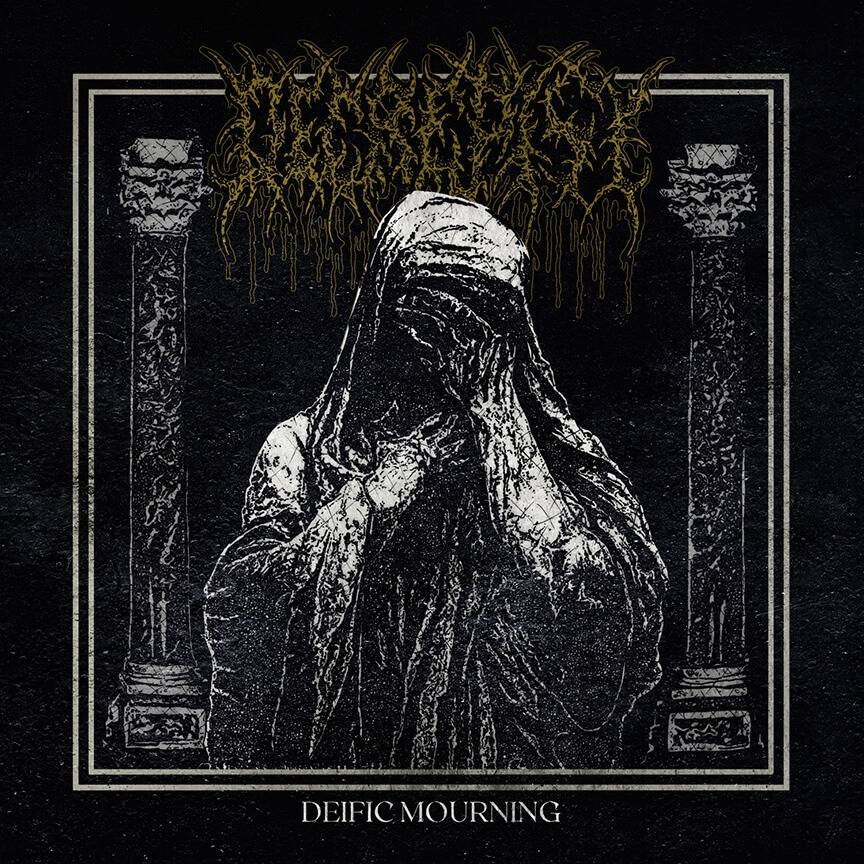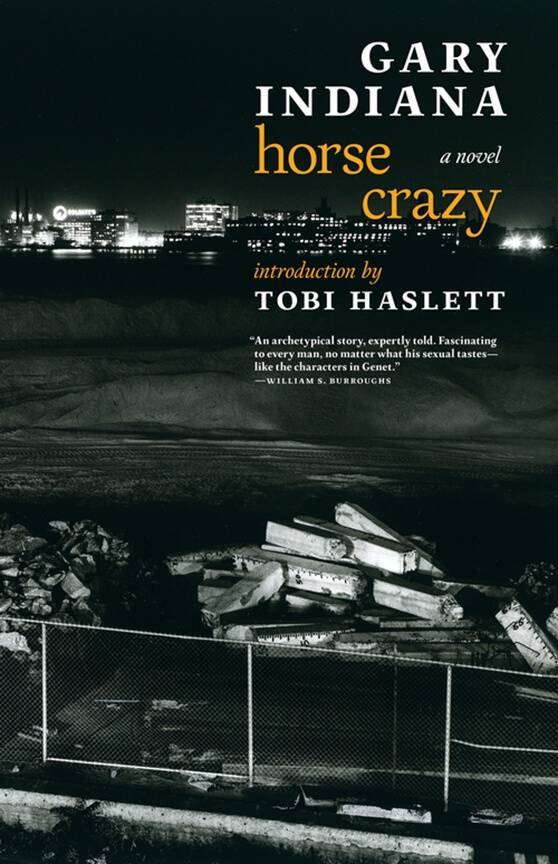Since I live in a very small and ugly apartment, one of my favorite activities when I’m a tourist (in my own city or elsewhere) is to visit historic homes that’ve opened themselves to the public. Different houses serve different purposes.
Some – like the Vanderbilt Mansion in Hyde Park or Old Westbury Gardens on Long Island, famous primarily for their bigness – give ordinary people a taste of elite privilege. We preserve others, like the Louis Armstrong House in Queens or the Edgar Allan Poe Cottage in the Bronx, because they allow peeks into the lives of artistic luminaries. Those renowned for their age, like the Wyckoff Farmhouse in Canarsie, exist to illuminate a historical period.
For me, though, the most interesting type of house museum is the one where the house itself is the point. Edgar Allan Poe isn’t coming back to us, but a good architectural tour can turn a home into a living, breathing work of art, even for a layman.
In 1949, the architect Philip Johnson used part of his inherited fortune to build himself a weekend getaway in New Canaan, Connecticut. Drawing from the radical purity of Ludwig Mies van der Rohe, Johnson’s famous Glass House became a National Historic Landmark in 1997 and opened for tours in 2007, two years after his death at age 98. I wouldn’t want to meet Johnson, an ardent fascist in his earlier years (at which time he adored Adolf Hitler), but he remains one of the major creative figures of the 20th century.
Halfway between Manhattan and the Yale School of Architecture, midcentury New Canaan had relatively inexpensive land and a Building Department whose bureaucrats were surprisingly sympathetic to modernism. Landis Gores, Marcel Breuer, and other notables designed striking new homes in the functionalist International Style, whose aesthetic Johnson had helped define as a MoMA curator in a landmark 1932 exhibition. These remain private residences, whereas the National Trust for Historic Preservation now owns and manages the Glass House.
Today, as a wealthy New York City suburb, New Canaan has a quaint little railway station and sterile, corporatized main street of unconvincing cutesiness. From Grand Central Terminal, Metro-North trains run at least every hour until about midnight ($23 for an off-peak round trip), sometimes with a transfer in Stamford.
The Glass House’s visitor center, conveniently, sits directly across the street from the station. From here, a shuttle travels five minutes to Johnson’s former property. Tickets, which typically sell out in advance, cost $50 on weekdays or $60 on weekends for a two-hour tour. I’d strongly recommend the trip to anyone who likes beautiful places. My guide, a smart, fast-moving older woman named Perrie, had both architectural expertise and an interpersonal light touch.
In photographs, the Glass House looks like a pristine steel-framed box of windows placed within an otherwise untouched woodland, its austere geometry standing in sharp contrast to the natural forms of the surrounding forest. In real life, the house isn’t at all lonely: it shares 49 landscaped acres with eight other buildings created by Johnson over the decades, extending into his postmodern late period.
The effect is a kind of park or playland, fronted by a comically oversized and deliberately pointless gate whose pylons resemble tombstones and then by a winding driveway that does its best to keep the main attraction out of sight. Johnson, apparently, had a morbid sense of humor, designing a doghouse on the property to look like an ossuary, as well as an ironic streak: his elegantly weightless Glass House sits across the lawn from a twin structure in brick, whose lack of windows in front gives it the dumb faceless bulk of a utility building.
Other important structures include an underground painting gallery, modeled on a bomb shelter, with rolodex-style moving walls inside for canvasses by Robert Rauschenberg and Jasper Johns; a sun-soaked sculpture gallery whose white-walled staircases recall those of a cliffside Greek island village; and an open-air pondside gazebo, shrunk to the scale of a child’s treehouse, whose design anticipates the columns that mark Johnson’s New York State Theater at Lincoln Center.
Still, the Glass House is the best of all. It’s stunning; I didn’t want to leave. Tiny from the outside, it feels infinite from the inside. Without walls, the interior suggests discrete rooms: a modest kitchen, not meant for serious cooking, with an adjacent dining room; a spare single man’s bedroom (which Johnson actually shared with his long-term partner David Whitney); and a living room delineated by immaculate Mies van der Rohe furniture. A smokestack-like top-to-bottom chimney hides, behind a curved door, an outrageously stylish embedded bathroom of green tiles topped by a brown leather ceiling.

The details are amusing. For instance, the thermostat acknowledges the house’s energy inefficiency by presenting two main options – a button with a martini glass to turn up the heat in order to keep guests comfortable, and a button with a piggy bank to save money when no one else is around to complain about the cold. Famous avant-garde artists like Andy Warhol often stopped by for salons, but the only painting inside the strenuously modern home, on a display easel, is the Baroque Funeral of Phocian, as it matches the surrounding landscape.
The views are lovely. As a landscape architect, Johnson had a sentimental side, thinning the dense Connecticut forest to revive his childhood memories of his grandfather’s 3,000-acre hobby farm on the Ohio prairie. On one of the resultant meadows, he even replicated a footbridge from the old farm. We tend to assume a total hostility to tradition in modernism, but Johnson preserved three vernacular buildings (circa 1783 to 1920) on his acreage, including a former barn.
Artistically, the Glass House is perfect, but on a practical level, it’s another story. There’s no cooling mechanism, so at the height of summer, it’s almost uninhabitable. Even master architects make mistakes: after moving in, Johnson found that the house became a hall of mirrors at night and had to hire a consultant to reconfigure the lighting. Later, the shoddily built ceiling began to sag, requiring a complete replacement in 2018.
Meanwhile, a leaky roof on the closed Brick House led to mold that awaits remediation. Inspired by Frank Gehry, Johnson constructed a chain-link Ghost House for growing lilies on the south side of the property, but his fence couldn’t keep the deer out.
The goal evidently wasn’t to get everything just right: the Glass House was a lifelong multi-part experiment – it never ended and never will. The objective, it seems, was principally to have fun, and good-natured visitors – even those who may not usually care for “minimalism” – will take some of that home with them.










